Move the Stairs to Improve Flow
Many homeowners spend a considerable amount of time daydreaming about how to improve their home. Pinterest, Houzz, HGTV, and Martha Stewart, among others, all offer great ideas and terrific imagery, but sometimes new wallpaper or kitchen backsplash isn’t going to cut it. Sometimes a complete overhaul of the home’s flow is needed.
Many of our clients call us complaining that their house is isolating with no flow and they want to open things up. One of our favorite major remodeling tricks to consider is relocating and rebuilding the interior stairway. We’ve done this surgery many times and the effects cannot be overstated. This post highlights 2 projects where moving the stairs opened everything up and revolutionized the home’s flow.
Moving a stairway in a home
Before I dig into the specifics, I’d like to share a few of my opinions about stairs.
- Stairs have the opportunity to be a signature highlight of your home. But oftentimes it appears that the stairs are an afterthought in home design. They can be dark and oppressive, when they should be gracious and inviting.
- People don’t think about where the stairs ‘deliver’ you. I think of stairways as vertical hallways: necessary to navigate between floors, requiring space that is ultimately just for travel. I think it’s critical to analyze where you arrive when you move through a stairway. The arrival spots at the top and bottom of stairs should dovetail nicely with the floorplan as a whole.
- I don’t like ‘straight shot’ staircases, with no landings or bends. Many homes have these. Almost all the staircases in mid-century American homes with basements have a steep, narrow, dark, and potentially dangerous staircase that leads straight down to the middle of the basement. Just picture the stairs from any basement scene in a horror movie.
- I like to have a mid-flight landing somewhere along the way, making it much safer and more pleasant to travel on. It also tends to offer more interesting interior architecture.
- I prefer wider stairs. I think most people feel this way. While the building code requires 36” minimum width for a stairwell, whenever possible I like to make the staircase wider. Even 40” feels way better than 36” wide.
- I prefer less steep stairs. The steepest a code-compliant stair can be is that each riser (each step’s height) is <= 7.75” and each tread (each step’s depth) >= 10” deep. By making the stairs slightly less steep (eg-7” tall risers and 11” deep), stairs feel significantly more gracious and easy to navigate. Fun Fact: many existing staircases are not code compliant. If you have a steep staircase, put a ruler on the treads and risers and see if they meet the current rules.
Ok, enough of my opinions, let’s dig into those 2 specific projects where the stairs were killing the home’s flow.
Project Spotlight #1: Relocating the Basement Stairs: 14th Street
Below is the original floorplan of this 50’s brick ranch with a basement. As you’ll see, the headroom of the existing stairs into the basement is really short due to a tiny linen closet. The basement was forsaken space. It was unfinished, dark, and unused except for the furnace and water heater. This family of 5 was jammed into the main level. Three growing boys shared 2 rooms, and the parents’ room had a tiny powder bath. In the upper left you see an awkward long skinny public room. The stairs were holding everything hostage. That long skinny room was difficult to use. Partially because of its shape, but also because the door to the basement stairs was right in the middle of the long wall.
First off you’ll notice that we completely gutted the house. Not one thing is in the same place (except the bathrooms, sort of). Creating the ‘L’ shaped staircase in a new location allowed us to reposition and resize all the other rooms. Here’s a picture that shows the new kitchen and the open staircase.
Also, if you compare the old floorplan to the new, you’ll see it’s still a 3 bedroom, 2 bath main level. But check out how much better each bedroom is and the new floorplan has a great primary suite.
The main level improvements are huge, but the real quantum gains are in the basement. It went from unused and hard to access to being fully finished and integrated with the main level.
They gained 2 more bedrooms, a ¾ bathroom, and a big rec room… Boom!
Project Spotlight #2: Moving the stairs to open up the kitchen and main level: Grandview
This next project is an early 20th century cute bungalow in Boulder’s University Hill neighborhood. As you see, it’s another straight-shot stairway overhaul. The volume of this structure was not being utilized efficiently at all.
The basement was nothing more than a big concrete room for the laundry machines and hockey equipment.
The main level floorplan was terrible. The stairs were in the kitchen. The door to the only bathroom was also in the kitchen. In fact, there was barely any room for a kitchen at all. The stairs just didn’t fit here. The location of the stairs also forced the garage to stay long and narrow. Lastly, note how the large front living area is split. Since the front door is right in the middle, the traffic pattern created 2 equal sized front living rooms. This redundancy is crazy considering how tight the floorplan is elsewhere in the house!
After contemplating options, we decided the stairs were jamming everything up. We decided to move them to the other side of the house. You’ll see we moved them to the other corner of the house into one of the two existing front living areas. This clarified where the front living space is and allowed us to use the old stair location to improve the home’s flow.
New Basement Floorplan:
The new ‘J’ shape stair design lands you closer to the middle of the basement, which lays out nice for 2 bedrooms, a bathroom, and laundry room.
As for the main level, moving the stairs to the corner allowed us to expand the kitchen and create central traffic patterns. This central hallway allowed us to turn the garage into 2 decent sized bedrooms.
To summarize, moving the stairs is a powerful tool to optimize the square footage in a home. It’s a major surgery that can offer major rewards. Hope you found this interesting and it gets your wheels turning! If you’re looking for something smaller, check out this post.

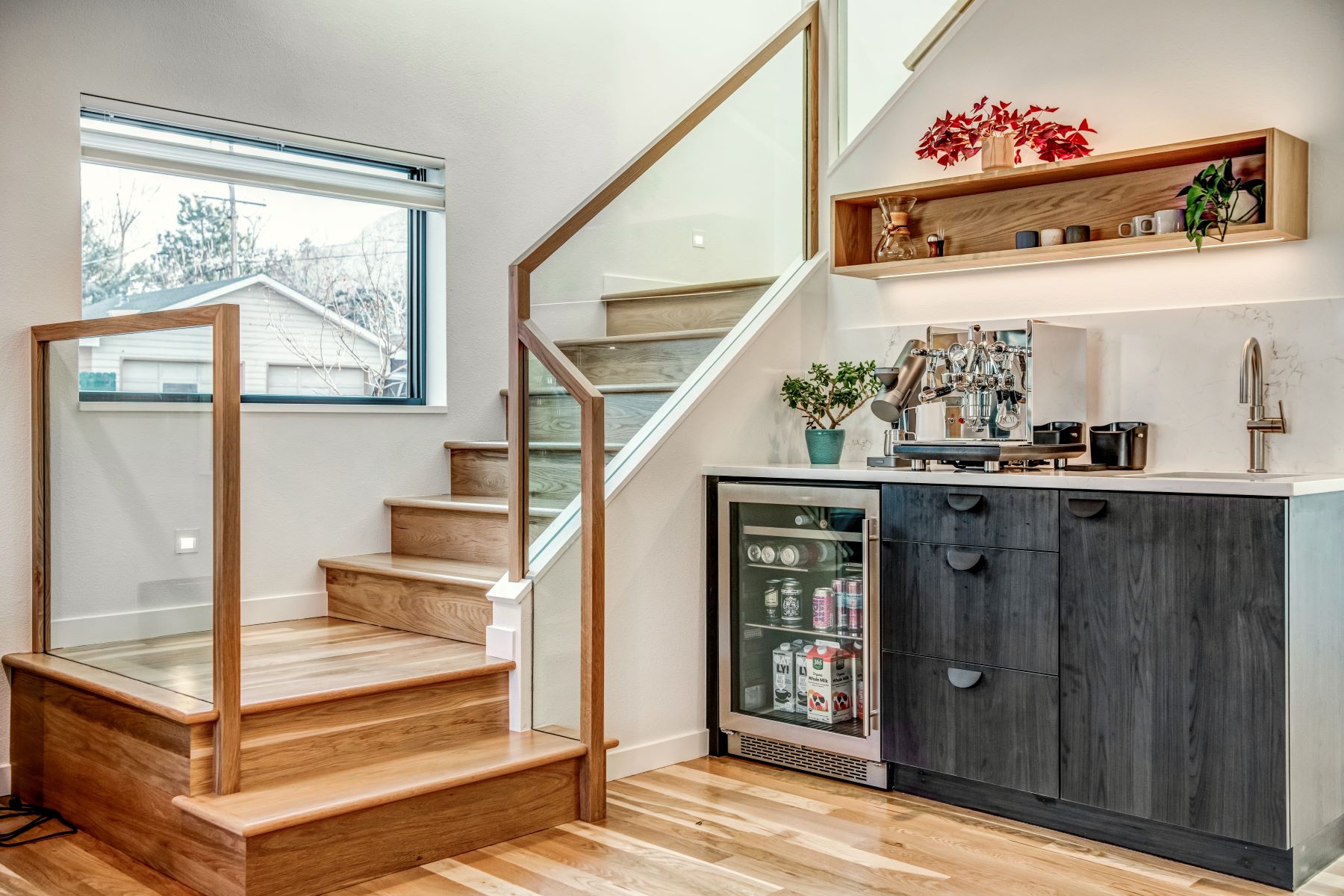
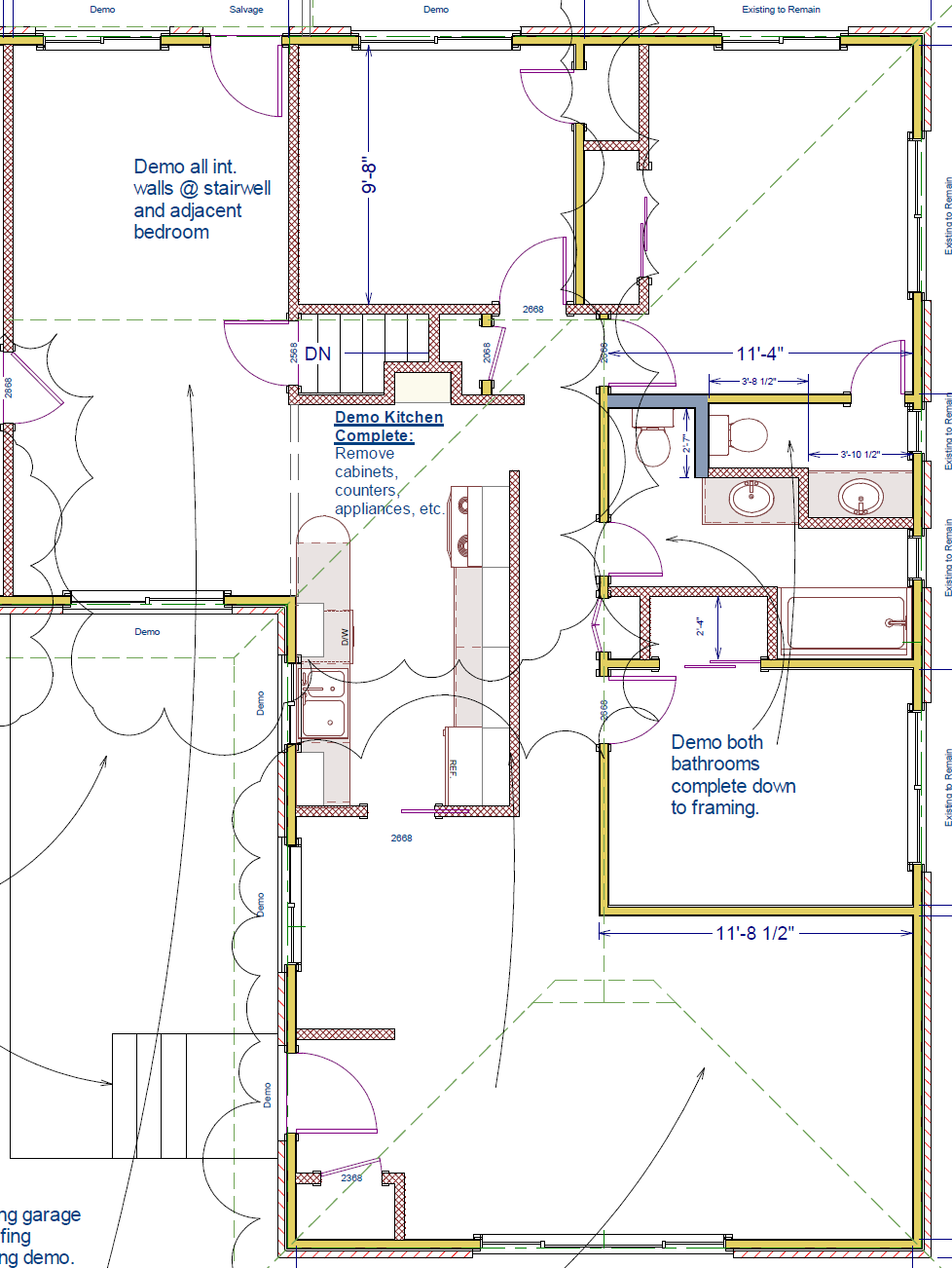
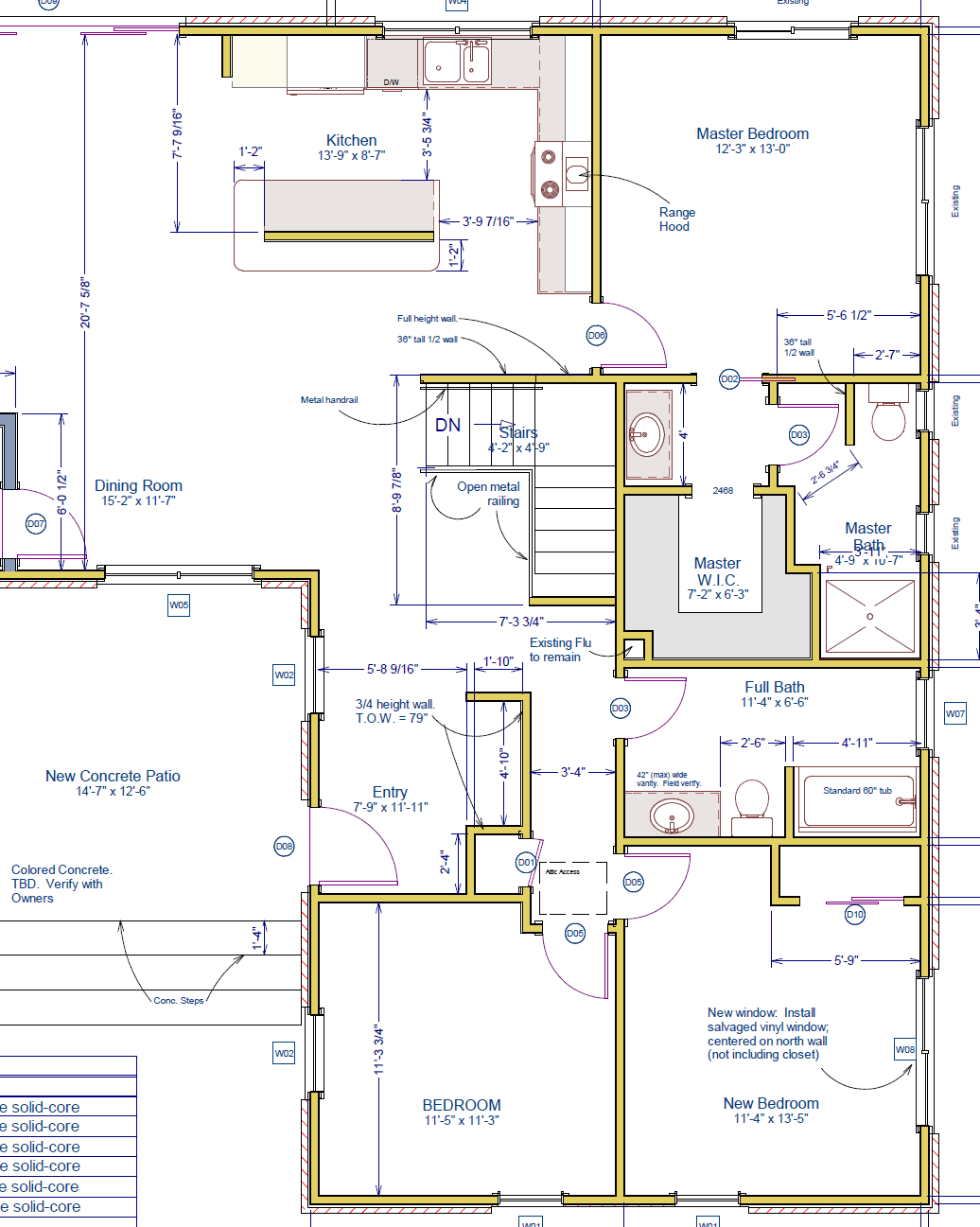
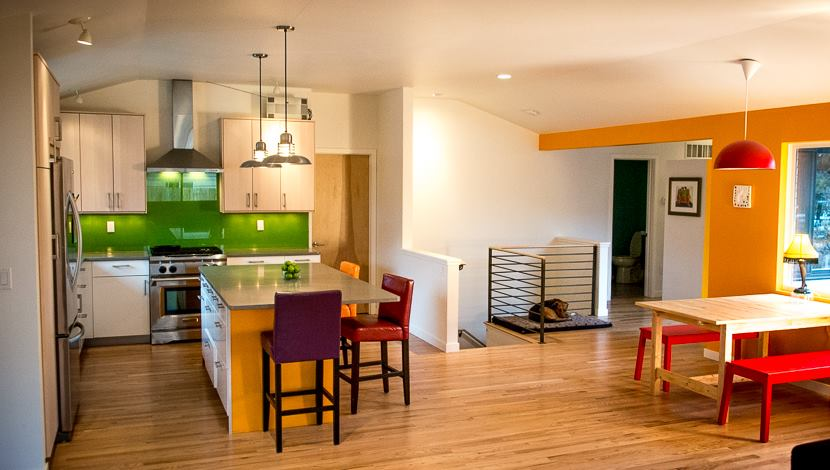
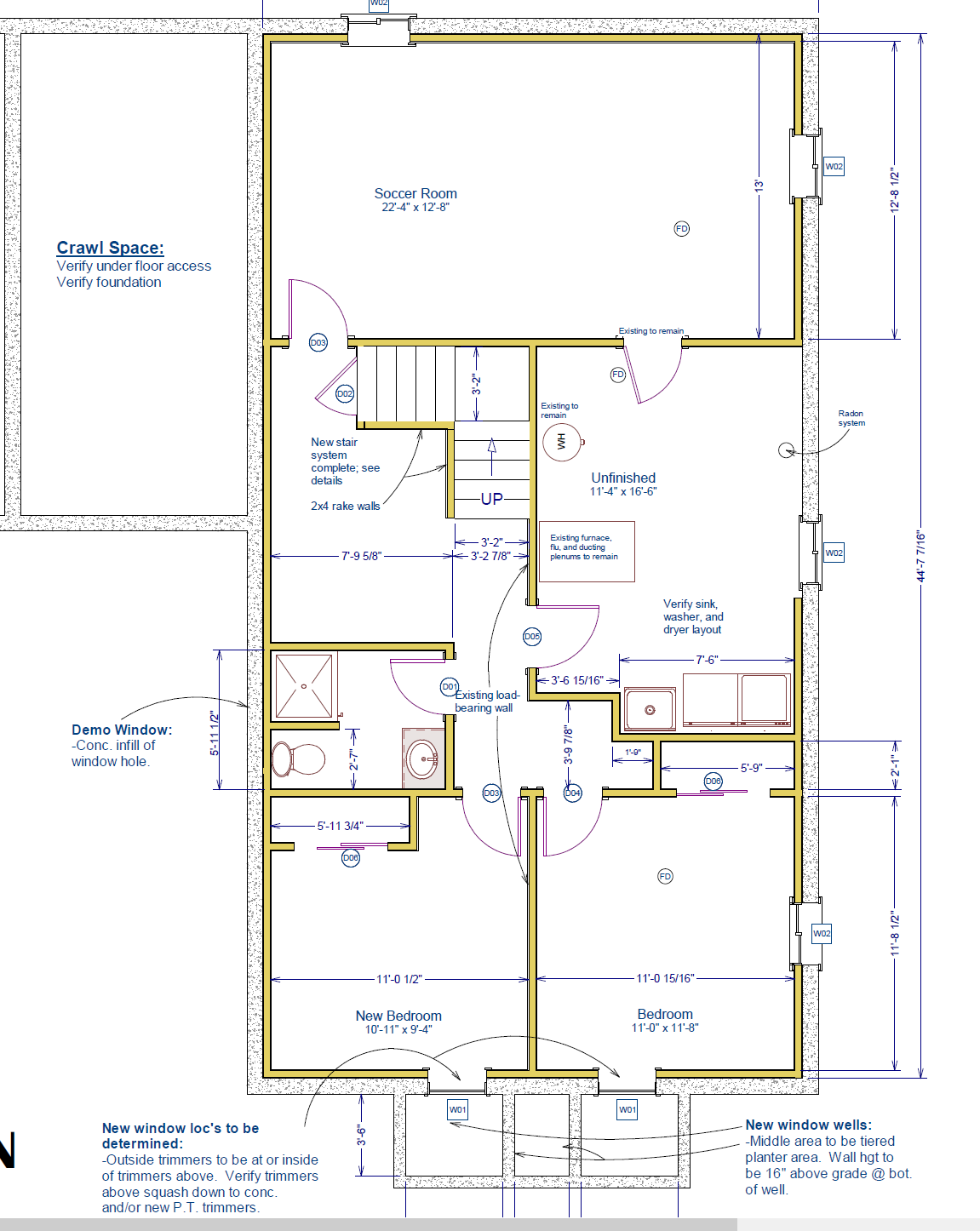
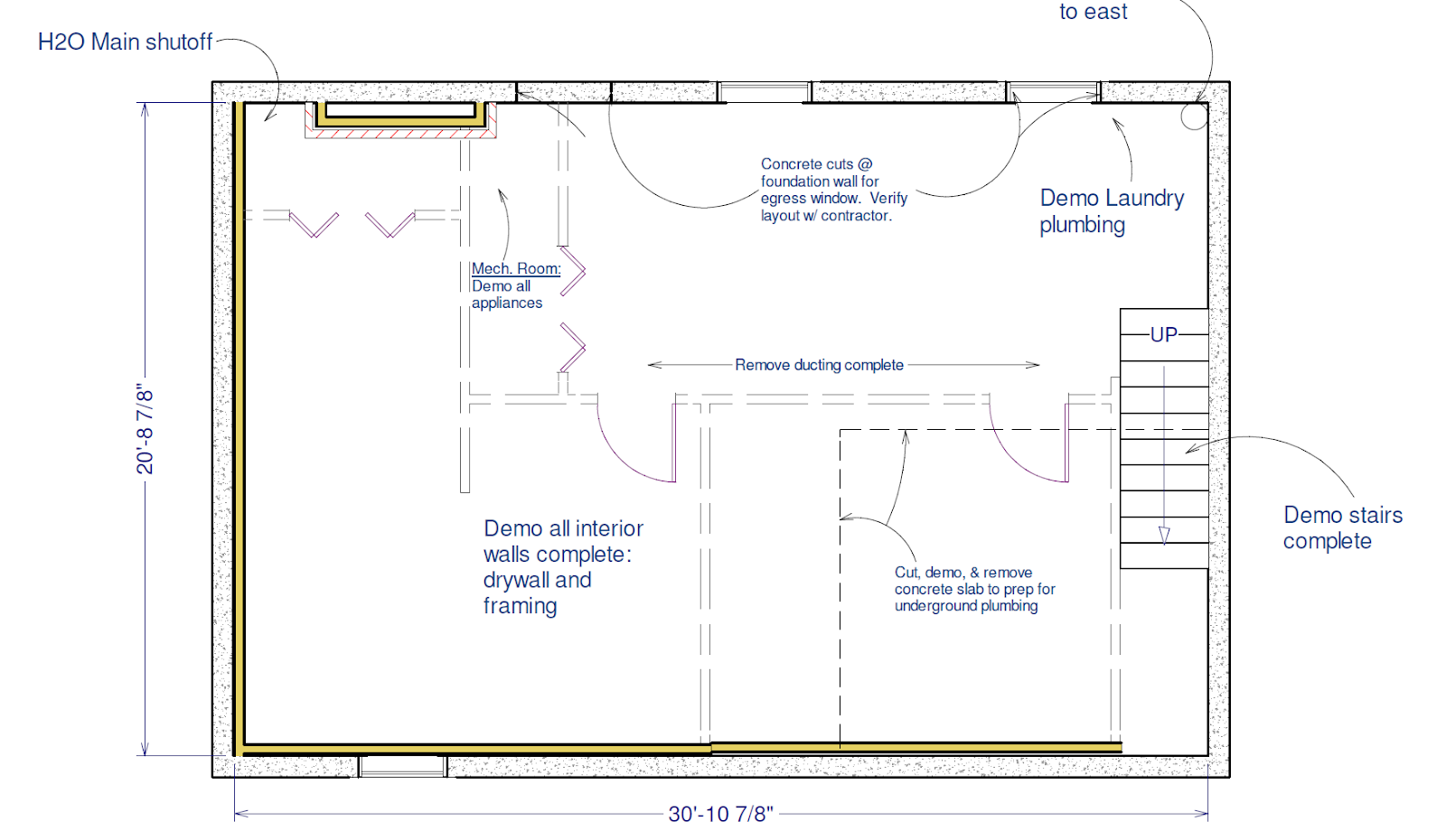
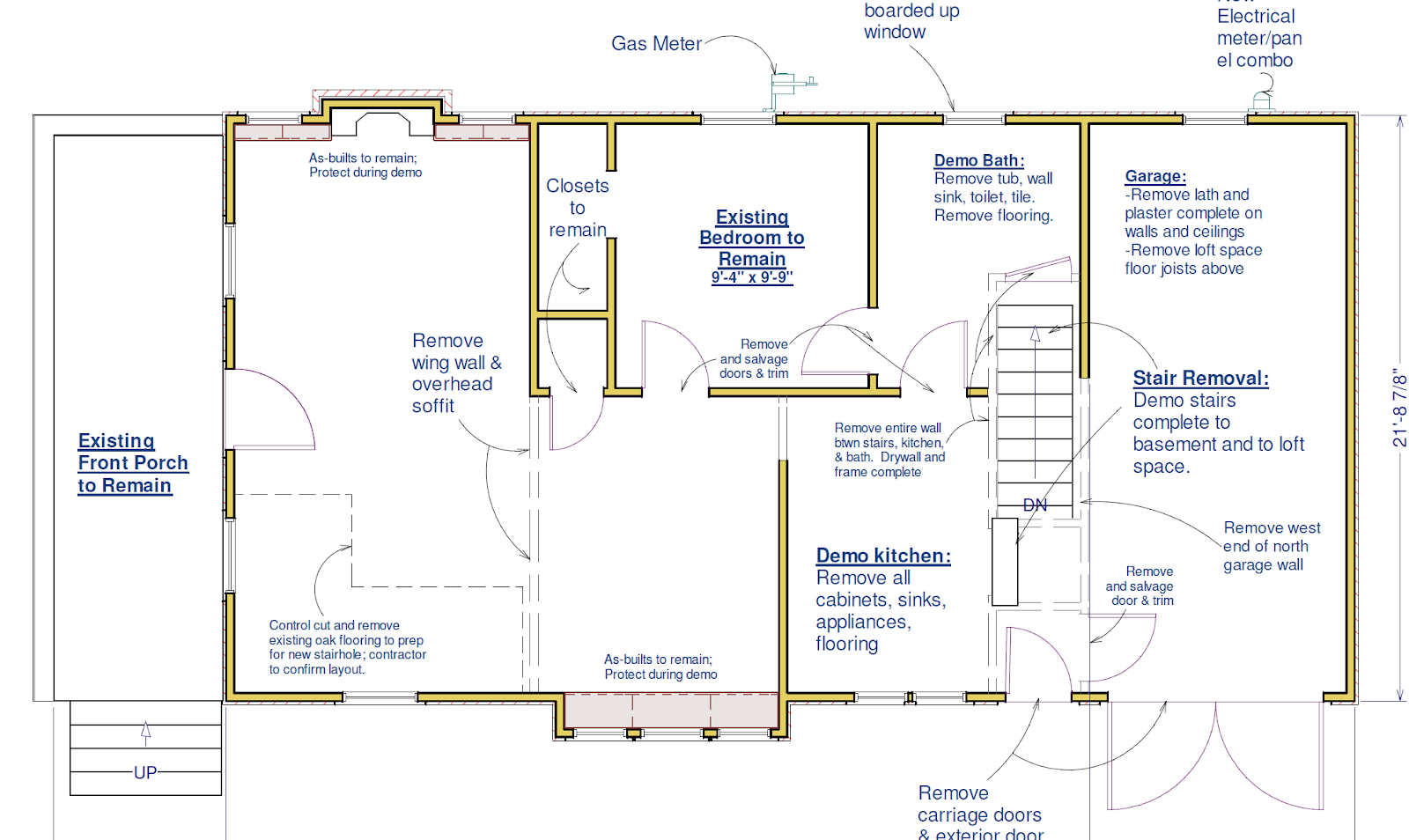
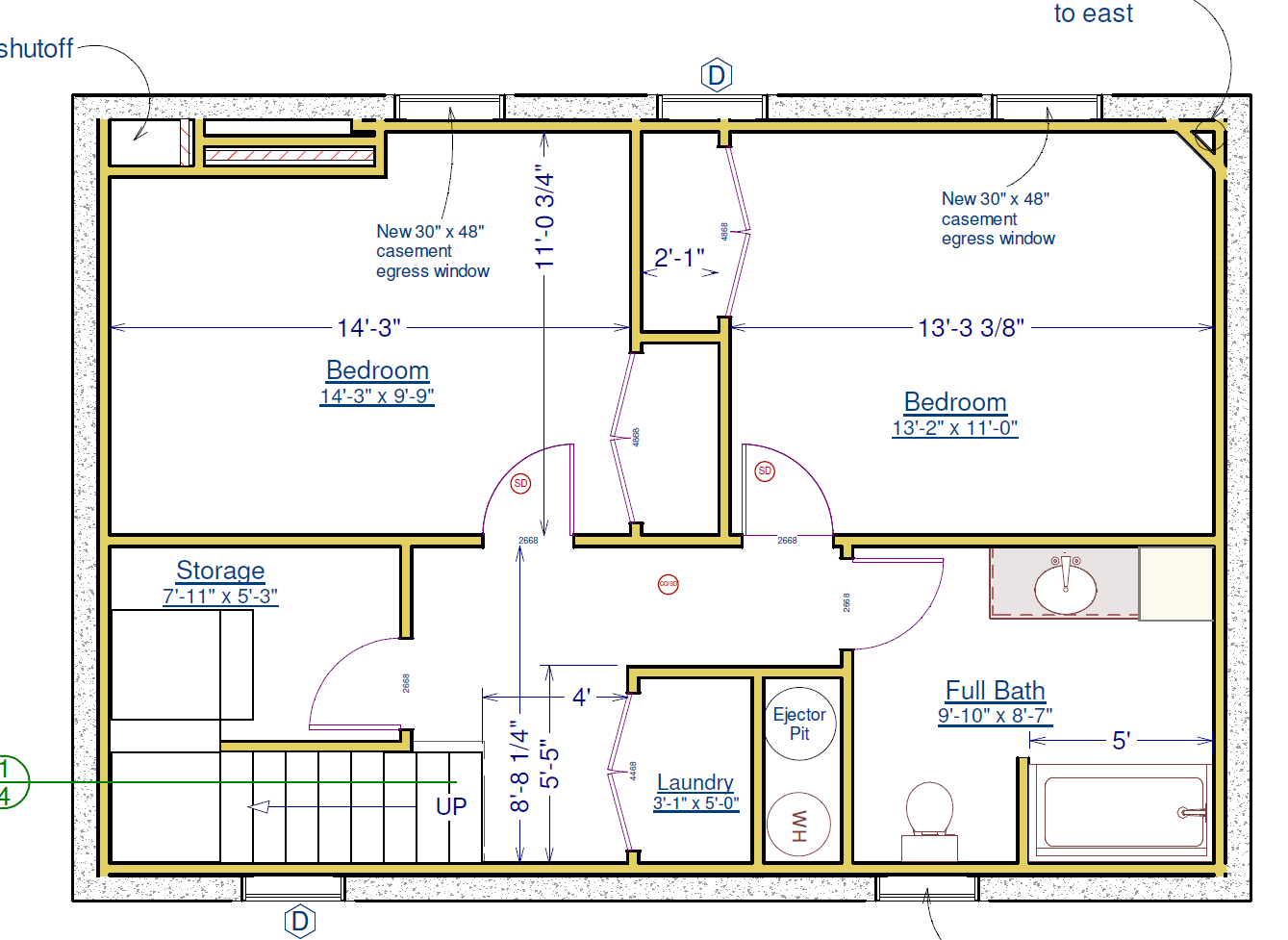

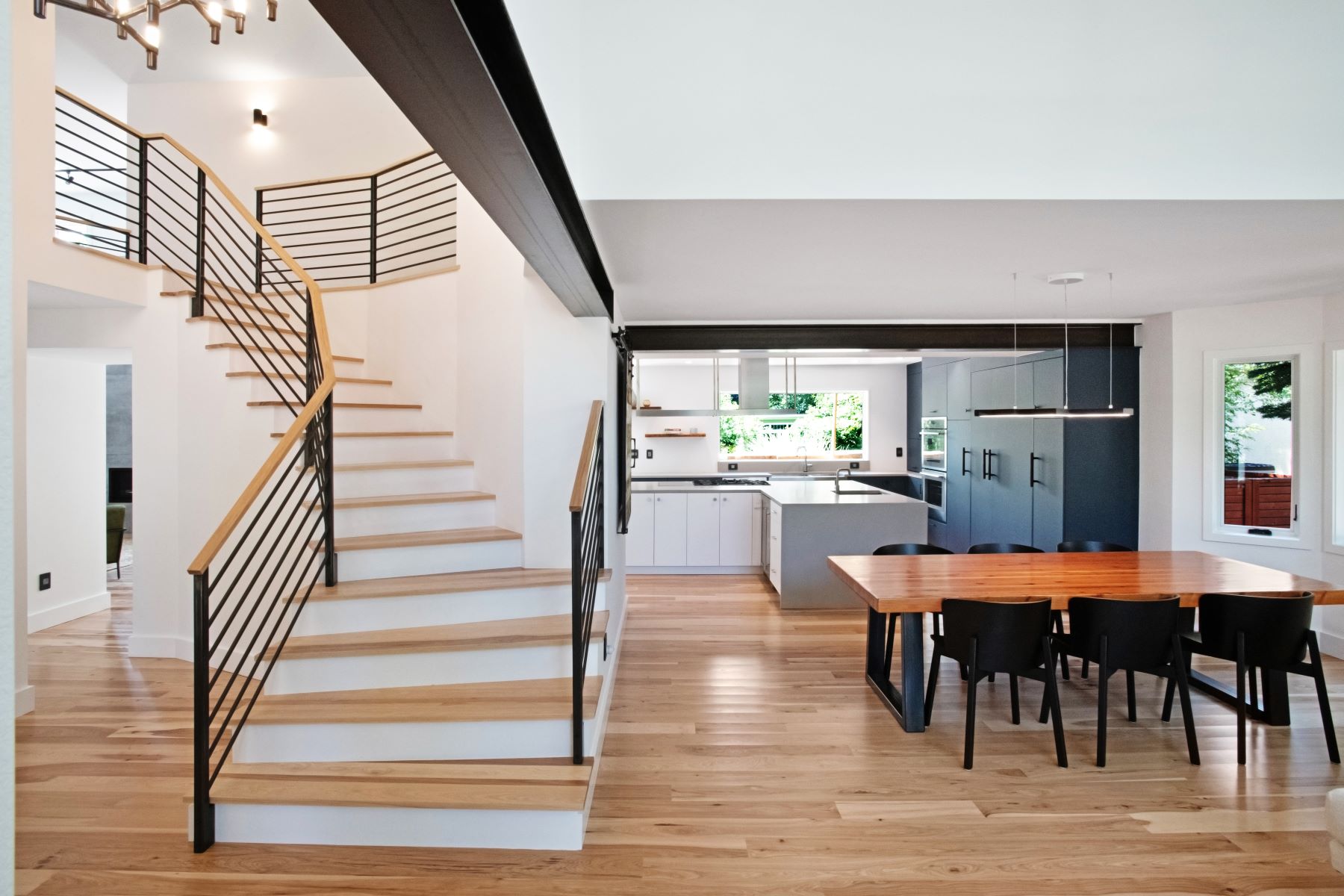
Comments are closed.